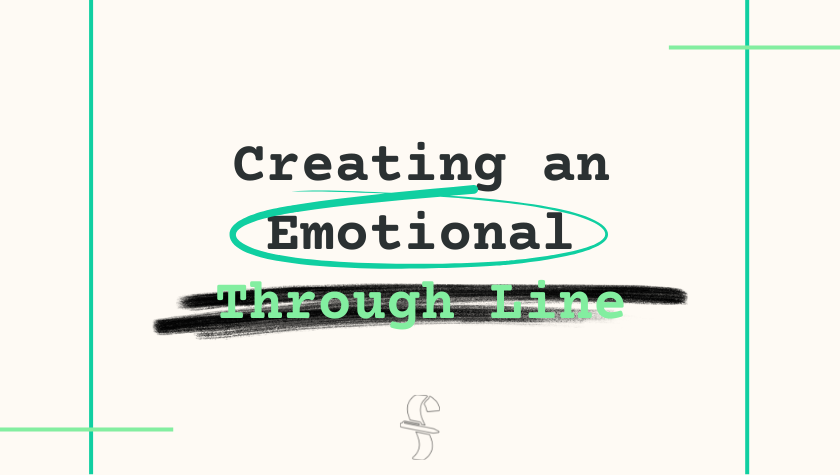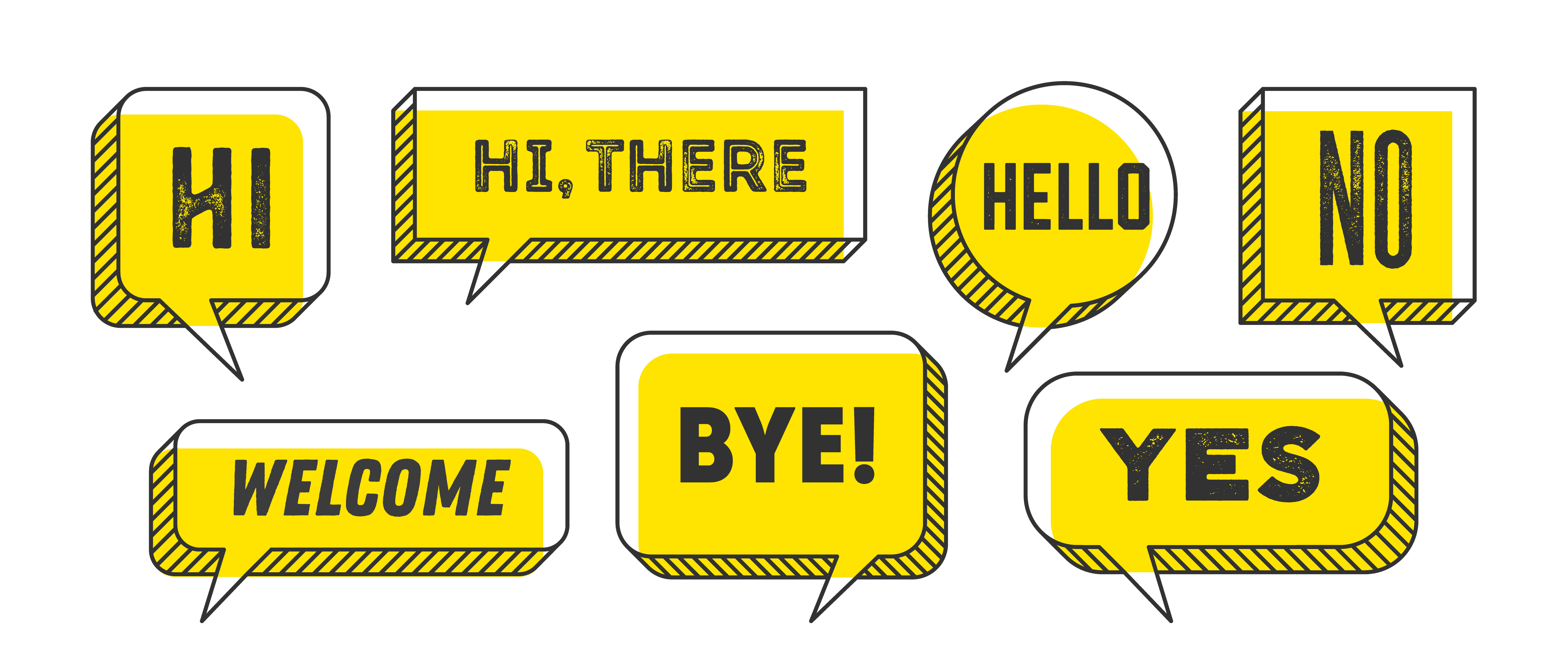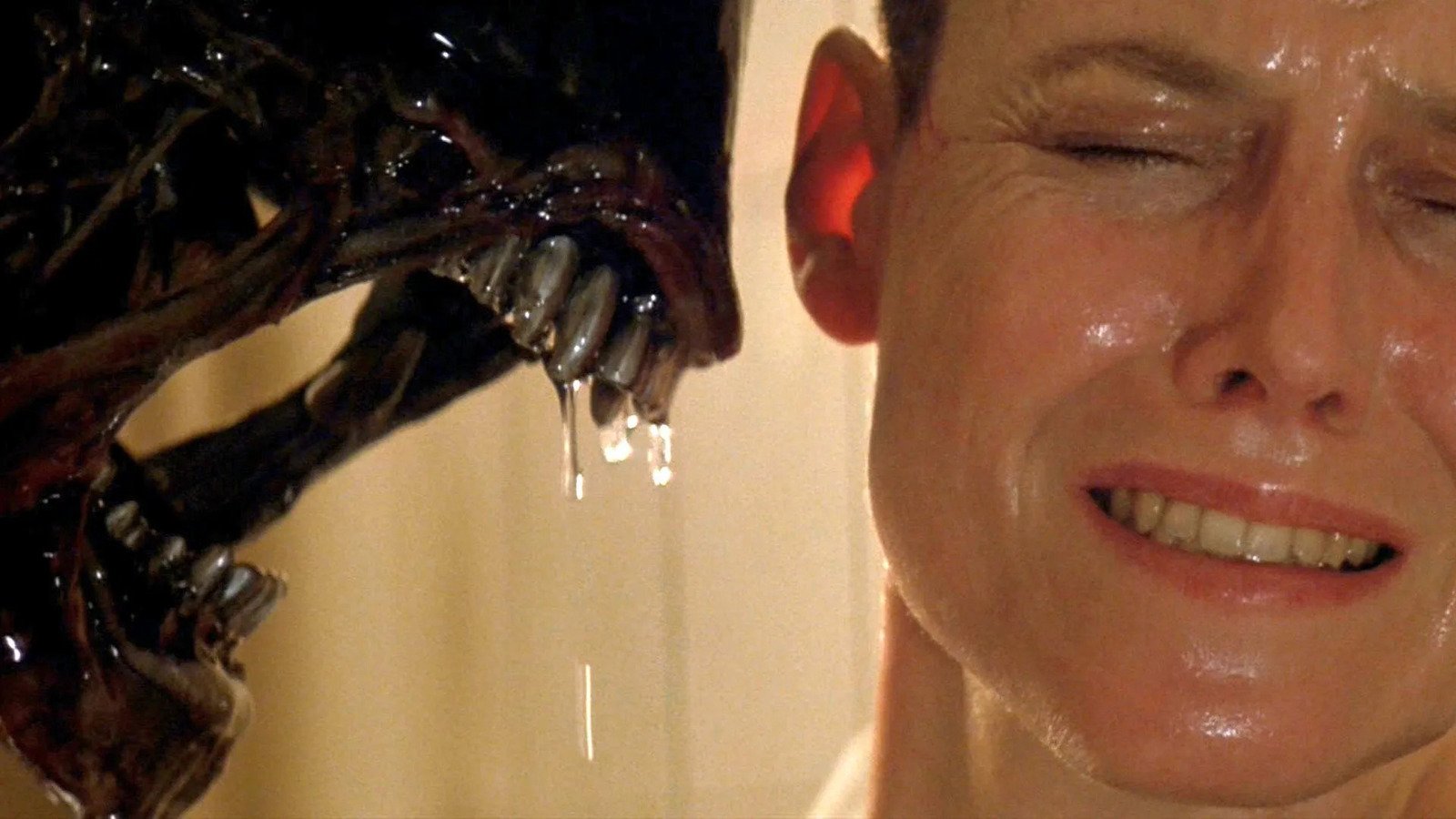5 Tips For Handling Exposition in Your Screenplay
January 10, 2023
One of the trickiest and biggest challenges for a screenwriter is how to best handle exposition. What is exposition exactly? It’s the insertion of expository information into a narrative; this information can be about the characters’ past or current living situation, prior plot events, the setting, or a cultural backdrop.
If done effectively, exposition can add depth to your characters and strengthen your world-building. After finishing a rough draft, however, an aspiring writer might find their exposition is clunky and doesn’t read or flow naturally. This is perfectly fine and it’s to be expected. After fifteen years of screenwriting, I still have to revise my exposition at times; although I’ve gotten better at it thanks to working with various managers, producers and directors.
Below are five tips for handling exposition in your screenplay:
Avoid Info Dumps
In my article “5 Clichés to Avoid in the Opening of Your Script”, I wrote about how aspiring writers often insert exposition bluntly and without much subtilty. In screenwriting development circles, these sections of the script are referred to as “information dumps” or more commonly “info dumps”. In the earlier days of cinema, films would often employ voice-over narration to dump a bunch of information onto the audience; this technique is not favored today and is considered old-fashioned or possibly heavy-handed (when voice-over is utilized in a modern film, it’s usually for tonal or expressionistic purposes). Other formerly popular methods to avoid are a protagonist conveying their entire backstory to a therapist or journalist; a news report; or even title cards. Of course there are always exceptions (e.g., the writer is going for a retro aesthetic), but generally speaking, if a sequence or dialogue exchange’s only purpose is to impart information, it’ll likely be viewed as an info dump by people in film development.
Don’t Front-Load Info
Not only do some aspiring writers insert exposition too bluntly, they many times insert it too early. This results in another term used in development circles: “front-loading information.” In most cases, it’s better to space out exposition throughout your script. This technique is referred to as “indirect exposition” or “incluing.” In other words, you’re gradually cluing people in on the things they need to know about your characters and world, and not all at once. Think of it like pieces of a jigsaw puzzle slowly but surely forming a picture.
Interestingly enough, the film most associated with a front-loaded info dump is Star Wars via its iconic opening crawl, but if you actually dissect how information is imparted throughout the film, you’ll discover the crawl doesn’t reveal much: it tells you that there’s a Galactic Empire and a Rebellion and some stolen plans for an ultimate weapon called the Death Star. What it doesn’t tell you, however, is anything about the main characters. It doesn’t tell you about the Jedi Knights and how Vader was Kenobi’s pupil who had “betrayed and murdered” Luke’s father. It doesn’t tell you that Kenobi once served Princess Leia’s father during the Clone Wars. It doesn’t tell you about how there’s this smuggler guy named Han Solo who owes money to Jabba the Hutt. The backstory of the main characters is conveyed gradually throughout the film: a line of dialogue here; a hologram there.
Keep It Conversational
One of the most organic and efficient ways to insert exposition is via a dialogue exchange. This is because in real life that’s how we usually discover things about people and situations. However, it’s best if dialogue isn’t used for a large and unnatural info dump. Short of being on a job interview or maybe a first date, people seldom reveal large chunks of their life story in conversation. This is where it’s important to listen to how people speak in your day-to-day interactions; the more naturalistic you can make your dialogue, the less noticeable and artificial your exposition will seem. Think about how you gradually learn more about a coworker the longer you work with them; or you learn the truth about a romantic partner well after the first date, especially if there was an unpleasant or traumatic event in their past.
Another classic film that’s almost a textbook example of naturalistic and indirect exposition is Jaws. Written by Peter Benchley and Carl Gottlieb (and a slew of uncredited writers), exposition is imparted nearly constantly throughout the film, but it never sounds like exposition. Martin Brody’s backstory is first alluded to in a playful exchange between him and his wife Ellen involving Martin’s butchery of a New England accent (Martin: “How's that?”; Ellen: “Like you're from New York.”) In a later casual exchange Ellen has with some locals at the beach, it’s revealed the Brody family aren’t islanders. At the midpoint, Martin opens up to Hooper while they’re looking for the shark and reveals more about himself. Hooper’s backstory also comes out gradually and casually throughout the film: an anecdote here; a quip there.
And then there’s the USS Indianapolis speech — arguably the most noted monologue in cinema history — in which after some inebriated male bonding, we find out Quint’s backstory and why he’s got a beef with sharks. No one ever thinks of this speech as exposition, but guess what: it’s exposition. It’s main function is to impart information about Quint’s past, but it never feels that way. This isn’t simply because of how emotionally powerful the speech is, but also because of how organically it’s introduced. Imagine if Quint launched right into the speech when Brody and Hooper first met up with him before their voyage: it’d feel forced and like movie stuff, right? But after these three men have been through the ringer with the Great White, and are getting drunk and telling stories about scars and broken hearts, it feels right. This is when a guy like Quint would open up. The more naturalistic and conversational exposition is when it’s introduced, the better it’ll be received. The best exposition isn’t thought of as exposition.
Make It Entertaining
Just like Quint’s USS Indianapolis speech continues to captivate and move audiences today, the best exposition adds more to a screenplay than simply imparting information. As with other storytelling devices, exposition should be viewed as an opportunity for creativity and self-expression. For example, Quentin Tarantino often sneaks his exposition into a humorous and seemingly digressive anecdote (e.g. “the Royale with Cheese” and “foot massage” exchanges in Pulp Fiction), highly cinematic and stylistic curveballs (the Bride’s flashback to her martial-arts training in Kill Bill: Volume 2); or two buddies discussing what went down with an agent at Musso & Frank Grill (Once Upon a Time in Hollywood). In all these sequences we discover revealing things about the characters while also being entertained.
When you’re wondering how and where to insert exposition into your narrative ask yourself the following questions: What is the most interesting and inventive way to convey the information? What characters should be conveying it? How can the information be imparted in a way that’s moving or entertaining?
Don’t Explain Too Much
And finally, this will be my briefest tip: don’t explain too much. In general people respond to mystery and intrigue more than info dumps. So in addition to gradually introducing your exposition throughout your script and making it more naturalistic and entertaining, sometimes consider if you even need it.
If you’re not sure, there’s a good chance you don’t.
Written by: Edwin Cannistraci
Edwin Cannistraci is a professional screenwriter. His comedy specs PIERRE PIERRE and O’GUNN both sold with more than one A-list actor and director attached. In addition, he’s successfully pitched feature scripts, TV pilots and has landed various assignment jobs for Universal, Warner Bros, Paramount and Disney.- Topics:
- Discussing TV & Film




